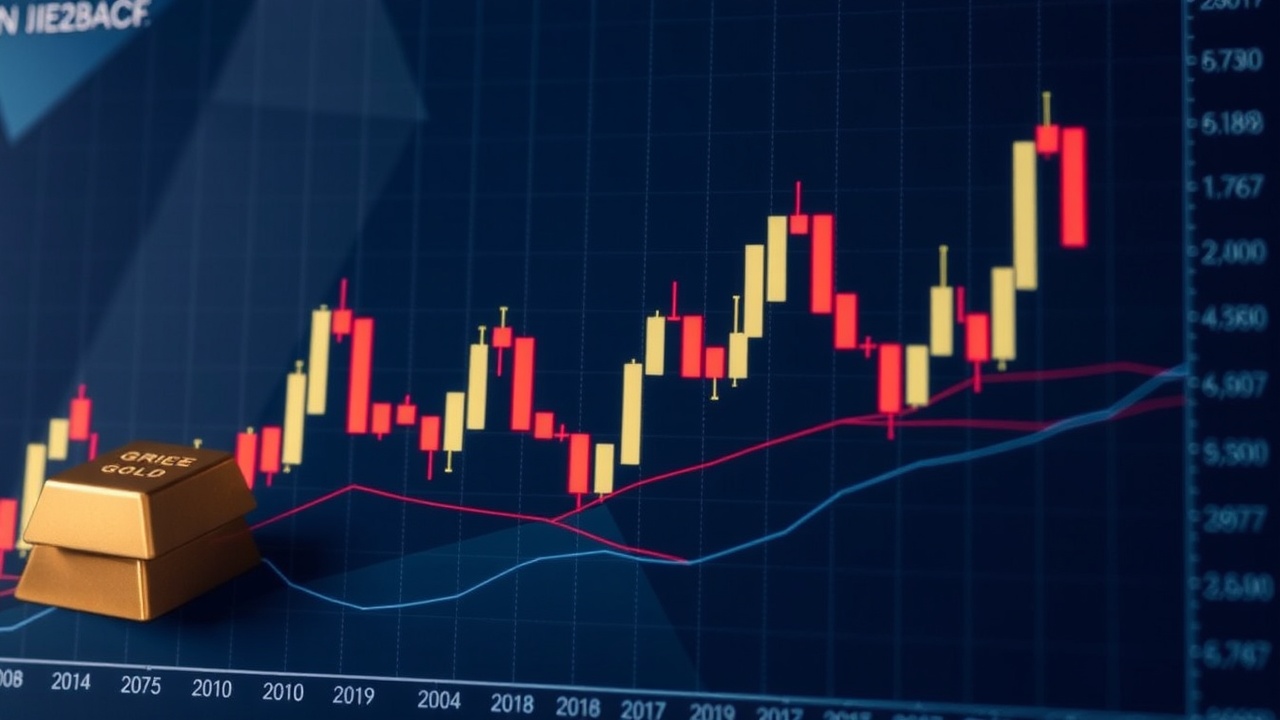
According to James Mackredies, emerging markets provide excellent value and robust, long-term growth
During the last five years, investors have had difficulty focusing on emerging-market (EM) stocks. According to JPMorgan, the MSCI Developed Market Index has outperformed the MSCI Emerging Markets Index by a total of 45% since 2020.
The United States' superior performance and China's inferior performance are largely to blame for this disparity. Though Taiwan Semiconductor accounts for half of that with a 10.5 percent weighting, Chinese stocks make up 28 percent of the MSCI EM index, followed by Taiwan at 20 percent. At 4.5 percent of the index, TSMC is by far the largest holding and more than twice as large as China's Tencent, which comes in second.
Equity in emerging markets is inexpensive.
Relative EM valuations have fallen to multi-decade lows as a result of the US equity market's superior performance over the global market since 2020. The largest difference since 2006 is currently 40 percent between the MSCI Emerging Markets forward price/earnings (p/e) ratio and its developed-market counterparts. EMs are currently trading at a price-to-book value differential with developed markets that hasn't existed since 2001. That is only the headline number; there is a huge valuation spread across EM stocks.
On a forward price/earnings basis, Chile, Turkey, Poland, Brazil, and Mexico are all trading at discounts of at least 30% to their two-decade average, per JPMorgan's analysis. South Africa and Korea are selling at a 20 percent or greater discount. The most overpriced markets, however, are those in Taiwan, Thailand, and India. On a forward price/earnings basis, these markets are trading at premiums to their 20-year average of between 21% and 28%; however, TSMC skews the numbers for Taiwan.
It is anticipated that emerging economies will outperform their larger, developed counterparts in 2025, despite these low valuations. As a group, they are expected to grow 31.9 percent in 2025, more than twice the 11.5 percent forecast for developed markets, according to analysis by specialized EM fund manager Ashmore.
With a projected growth rate of 44% in 2025, Asian economies will be leading the way. It is anticipated that, aside from Asia, the oil-powered economies of the Middle East will support regional growth in the Middle East and Africa to 36% by 2025. The economies of Eastern Europe are anticipated to grow by 3%.
Given that we have not yet seen the impact of Donald Trump's tariffs on important US trading partners, these numbers are highly uncertain. Earlier this month, Trump levied 25% tariffs on all Canadian and Mexican goods (with the exception of Canadian oil, which will be subject to a 10% tariff) and 10% tariffs on Chinese goods. However, he has put a one-month halt to the levies on Canada and Mexico as of this writing.
The biggest loser is Mexico. Since exports to the US made up 25.2% of its GDP as of March 2024, it is most vulnerable to trade protectionist measures. In actuality, China is among the least vulnerable nations. Only 2.7 percent of China's GDP is dependent on US exports, according to Ashmore. This is not to argue that tariffs won't have a significant effect on the Chinese economy. The country's policymakers may resort to fiscal support or monetary stimulus to lessen the impact of trade restrictions, which are likely to be deflationary. If the country uses its enormous multi-trillion dollar fiscal surplus to save the economy, the policies' ripple effects might be beneficial for other emerging markets.
Even though it's hard to predict how a global trade war will ultimately affect things, investors shouldn't abandon emerging markets. In actuality, tariffs are probably going to hurt American consumers the most, and many nations have made significant strides in recent years in adapting their supply chains to more protectionist regulations.
Furthermore, the realm of emerging markets encompasses more than just the conventional players like China, Taiwan, and Mexico. Because supply chains are being rerouted, areas like South Africa, Poland, and Turkey are probably going to avoid the worst of the trade war and may even gain from it. By historical standards, they also appear extremely cheap.
These considerations, along with the fact that US stocks are currently priced for a Goldilocks scenario, suggest that it may be wise to reduce exposure to pricey US stocks and add historically cheap EM stocks to a portfolio.
When it comes to investing in emerging markets, are active funds superior?
Active funds tend to be a better option when it comes to investing in EMs. Even though passive funds are typically the greatest way for investors to increase their exposure to international markets, active fund management offers more chances for outperformance because EMs are typically less efficient.
One such example is the Ashoka WhiteOak Emerging Markets Trust (LSE: AWEM), which has outperformed by using a group of local experts to choose stocks. Investors have access to an annual redemption facility through the trust. Investment trusts are frequently the greatest way for investors to increase their exposure due to the nature of EMs. Because trusts are closed-ended, they can invest in securities that are not very liquid, and EM exchanges are frequently much less liquid than their developed counterparts.
The JPMorgan Emerging Markets Trust (LSE: JMG) is an additional broad investment in these rapidly expanding, cheap markets. The Templeton Emerging Markets Investment Trust (LSE: TEM) is another investment that we like. Additionally, the Utilico Emerging Markets Trust (LSE: UEM), which is unique in the industry in that it concentrates on utilities and infrastructure in developing nations, merits more investigation.














Leave a comment on: Is it wise to make investments in developing markets?